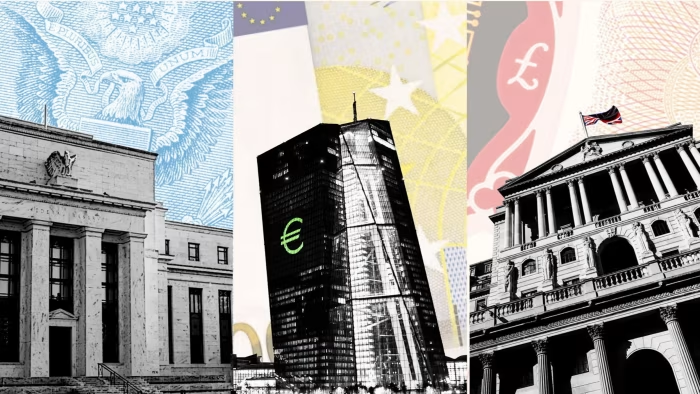Almost every country in the world has a central bank. It is a financial institution in charge of the management of the monetary policy and the regulation of the banking system of a country. It has control over its issue and distribution of the currency.
What is a Monetary Policy?
One of the major roles of central banks is to control the supply of money, like managing the accessibility of loanable funds for consumers. The goal is to ensure a low inflation rate and economic stability.
By manipulating interest rates, buying or selling government bonds and other tools, the central bank can control the extent of available liquidity in the economy
The term ‘Monetary Policy’ describes the tools used by the central bank to control the money supply. It refers to interest rate and money supply management which regulates variables like economic stability, employment level, and inflation.
Some of these tools are:
- Interest Rate adjustment: the interest rate can be influenced by changing the discount rate, which is the rate at which the central bank charges other banks for short-term loans. In other terms, if the central bank decreases its discount rate, the bank will subsequently decrease its interest rates, and vice versa. The central bank might increase interest rates to discourage investors from taking too much risk and avoid inflation. Conversely, it can decrease them to encourage consumer spending, employment, and investments.
- Reserve requirement adjustment: Reserve requirement is a regulation the central bank sets which designates the minimum liquid asset amounts a commercial bank must have. Reserve requirement directly affects money supply as it depicts how much funds a bank has to lend.
- Open market operations: The bonds issued by the government can be bought or sold by the central bank, affecting the overall money supply.
In times of recession, the monetary policy is usually ‘expansionary’, with a goal of increasing the money supply and reducing interest rates. Consequently, the job market expands and the rate of unemployment decreases.
On the other hand, a monetary policy can be ‘contractionary’, aiming to reduce excessive spending and slow down the economy to bring back or keep the inflation rate within a normal desirable level.
What are the limitations of a Monetary Policy?
Some of the limitations of Monetary Policy are:
- Times of Deflation
Deflation is harder to control than inflation. During these periods, central banks may reduce their policy rates to zero, and the economy cannot be influenced beyond this point.
- Liquidity Trap
A liquidity trap happens when the interest rates are very low while the demand for money is still high, leading to consumers choosing to save the money rather than spending it, making the monetary policy ineffective. A liquidity trap may happen when consumers believe that the interest rates will rise soon, or when they prioritize to settle existing debts instead of taking new loans even though the cost is low.
- Time Interval
The tools used in the monetary policy are not immediately reflected in the economy. It can take up to several months for the change to be noticeable. Although average time lags are known, it is usually not easy to predict the time between the implementation of a monetary policy process and its influence on the inflation rate.

